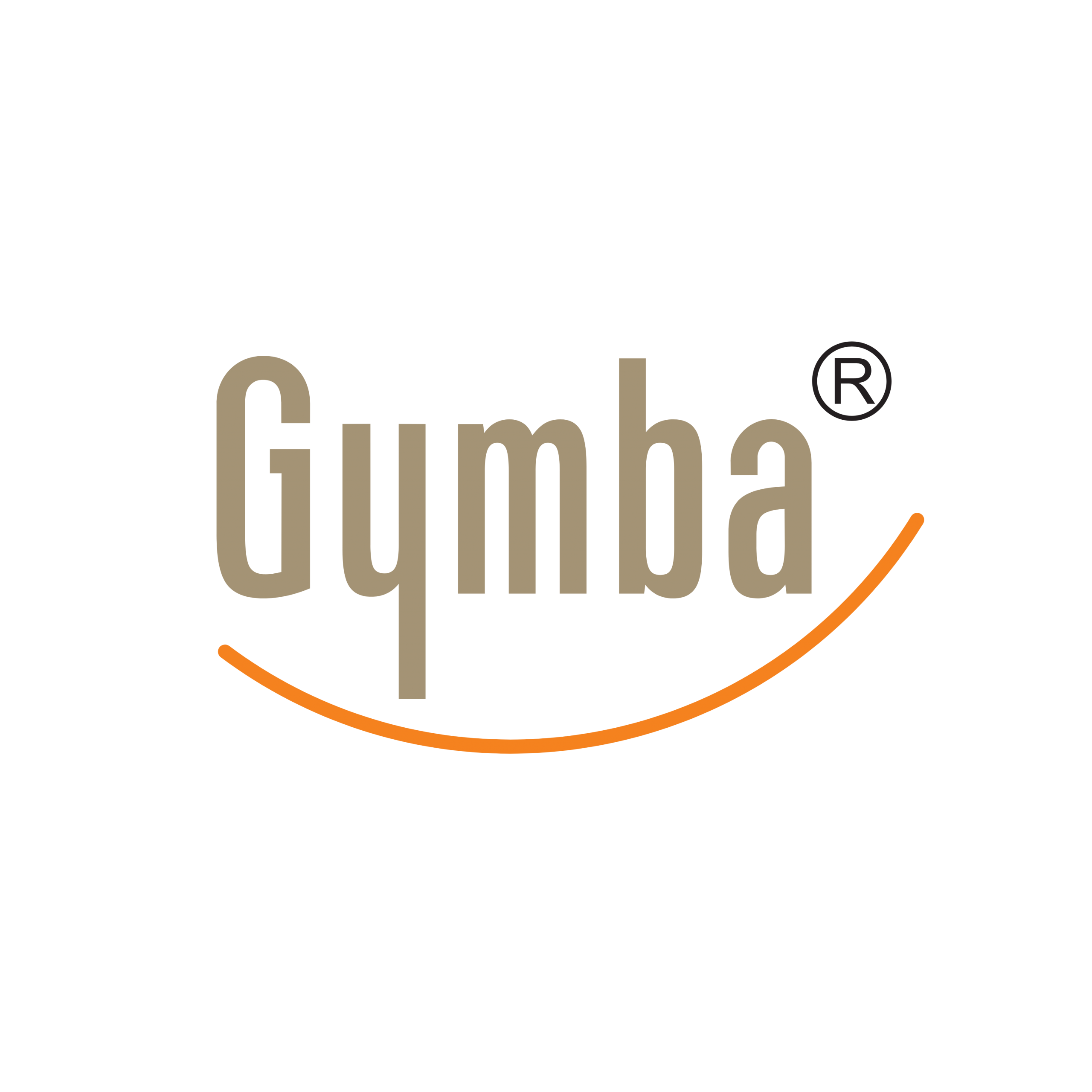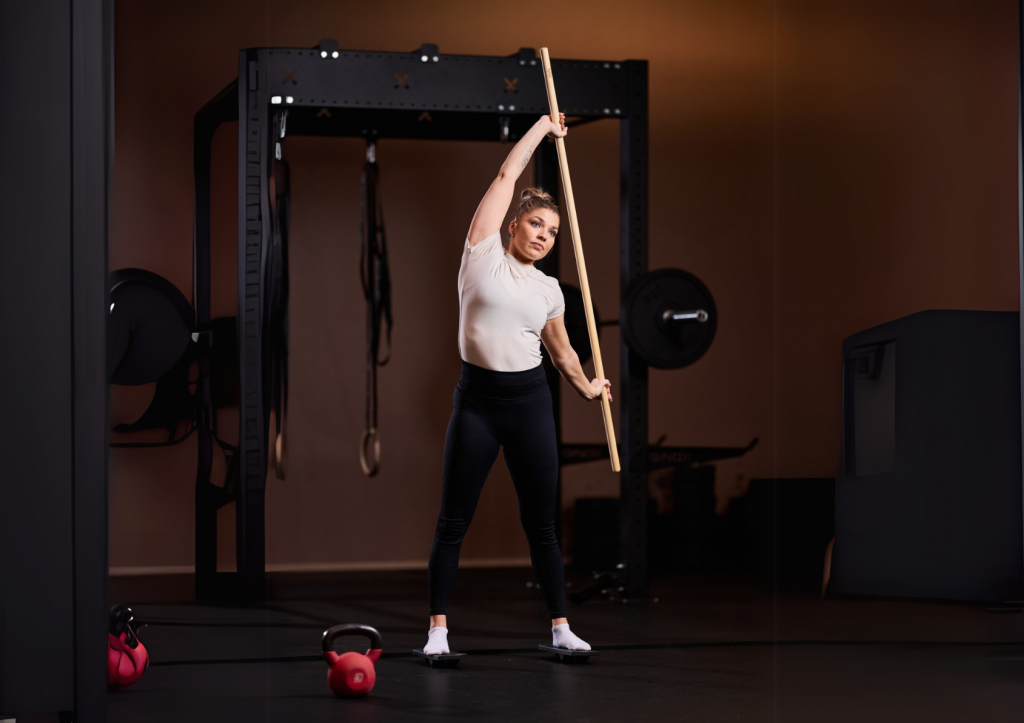Tension headaches at your desk can be effectively relieved through simple targeted exercises. Incorporating gentle neck stretches, shoulder rolls, and proper breathing techniques can significantly reduce headache pain within minutes. Regular movement breaks and position changes are equally important for prevention. These desk-friendly exercises increase blood flow, release muscle tension, and reduce stress—common contributors to tension headaches. By integrating these simple movements into your workday routine, you can both treat existing headaches and prevent new ones from developing.
Understanding tension headaches at your desk
Tension headaches are the most common type of headache, often feeling like a tight band of pressure around your head. They’re particularly prevalent in office environments where prolonged sitting, screen use, and stress create perfect conditions for them to develop.
These headaches typically stem from contracted muscles in your neck, shoulders, and scalp, which tighten gradually throughout your workday. Poor posture at your desk—especially forward head posture when looking at screens—places extra strain on these muscles, triggering pain that can range from mild discomfort to moderate pain.
The good news is that physical movement and targeted exercises can be remarkably effective at both preventing and relieving tension headaches. Unlike medication, which only addresses symptoms temporarily, desk-based exercises tackle the root causes by releasing muscle tension, improving circulation, and reducing stress levels.
What causes tension headaches while working at a desk?
Several workplace factors directly contribute to tension headaches, with poor posture being the primary culprit. When you sit for hours leaning toward your screen or looking down at your phone, you create forward head posture—a position that puts enormous strain on your neck muscles and upper spine.
Extended screen time causes additional problems. Your blink rate decreases by up to 60% when staring at screens, leading to eye strain that can trigger headaches. The blue light from digital devices may further contribute to discomfort and visual fatigue.
Muscle tension builds throughout the day from maintaining static positions. Your body is designed for movement, and when key muscle groups in your shoulders, neck and upper back remain contracted for hours, they become tight and painful.
Workplace stress also plays a significant role. When under pressure, you unconsciously tense your muscles, particularly in your neck and shoulders. This physical response to mental stress creates a painful cycle that often culminates in a tension headache by late afternoon.
What neck exercises can you do at your desk to relieve headaches?
Simple neck exercises can provide immediate relief from tension headaches by releasing tight muscles and improving circulation. Try these effective desk-friendly movements:
- Chin tucks: Sit tall and gently draw your chin backward, creating a “double chin.” Hold for 5 seconds, then release. Repeat 10 times. This strengthens deep neck flexors and counters forward head posture.
- Gentle neck rotations: Slowly turn your head to look over your right shoulder, hold for 3 seconds, return to centre, then repeat on the left side. Do 5 repetitions on each side.
- Side neck stretches: Tilt your right ear toward your right shoulder, assisting gently with your right hand if needed. Hold for 20 seconds, feeling the stretch along the left side of your neck. Repeat on the opposite side.
- Neck retraction with extension: Pull your head straight back (not tilting), then slowly look up toward the ceiling. Hold for 3 seconds, return to neutral, and repeat 5 times.
For best results, perform these exercises slowly and mindfully. If you feel pain (beyond gentle stretching sensation), stop immediately. These movements should be comfortable and relieving, not painful.
How can shoulder stretches help with tension headaches?
Shoulder stretches are particularly effective against tension headaches because they target the trapezius muscles—large muscles spanning your upper back, shoulders, and neck that commonly harbour tension. When these muscles tighten, they pull on connective tissues attached to your scalp, creating that characteristic band of pain around your head.
Try these shoulder-releasing exercises at your desk:
- Shoulder rolls: Lift both shoulders toward your ears, roll them backward, then down and forward in a circular motion. Repeat 10 times, then reverse direction.
- Shoulder blade squeezes: Sit tall and pull your shoulder blades together as if trying to hold a pencil between them. Hold for 5 seconds, then release. Repeat 10 times.
- Cross-body shoulder stretch: Bring your right arm across your chest and use your left hand to gently pull the right arm closer to your body. Hold for 20 seconds, then switch sides.
- Seated angel wings: Sit with your back straight and elbows bent at 90 degrees, upper arms parallel to the floor. Keeping your elbows bent, squeeze your shoulder blades together and down, then return to the starting position. Repeat 10 times.
These stretches increase blood flow to tense areas, helping flush out inflammatory compounds that contribute to pain while releasing muscle knots that refer pain to your head.
What breathing exercises can reduce headache intensity at work?
Breathing exercises can dramatically reduce tension headache intensity by triggering your body’s relaxation response. When you’re stressed, your breathing becomes shallow, reducing oxygen supply and increasing muscle tension. Controlled breathing reverses this process in as little as 2-3 minutes.
Try these discreet breathing techniques at your desk:
- 4-7-8 breathing: Inhale quietly through your nose for 4 counts, hold your breath for 7 counts, then exhale completely through your mouth for 8 counts. Repeat 4 times.
- Diaphragmatic breathing: Place one hand on your chest and one on your stomach. Breathe deeply so that your stomach pushes out against your hand while your chest remains relatively still. Take 10 slow breaths.
- Box breathing: Inhale for 4 counts, hold for 4 counts, exhale for 4 counts, and hold again for 4 counts. Visualise tracing a square as you breathe. Continue for 2-3 minutes.
These techniques can be performed without drawing attention to yourself. They work by increasing oxygen flow to your brain, reducing stress hormone levels, and relaxing tense muscles—all key factors in relieving tension headaches while at work.
How can you incorporate movement into your workday to prevent headaches?
Incorporating regular movement throughout your workday is perhaps the most effective strategy for preventing tension headaches entirely. Even brief moments of activity can disrupt the cycle of muscle tension before it leads to pain.
Try these practical movement strategies:
- Set a timer to stand up and stretch every 30 minutes, even if just for 30 seconds
- Take phone calls standing or walking when possible
- Use the stairs instead of lifts whenever you can
- Walk to a colleague’s desk instead of sending an email
- Try a micro-workout during breaks: 10 gentle squats, 10 desk push-ups, or 30 seconds of marching in place
For lasting results, consider equipment that encourages natural movement while working. We at Gymba specialise in ergonomic solutions like the Gymba Activation Board that enables subtle walking-like movements while standing at your desk. This kind of dynamic standing helps maintain blood flow, keeps muscles engaged without strain, and prevents the stiffness that leads to tension headaches.
Our Gymba Stretching Stick is also perfect for quick upper body stretches during the workday, helping to release tension in exactly the areas that contribute to headaches. These tools make movement natural and convenient, helping you stay pain-free without disrupting your workflow.

